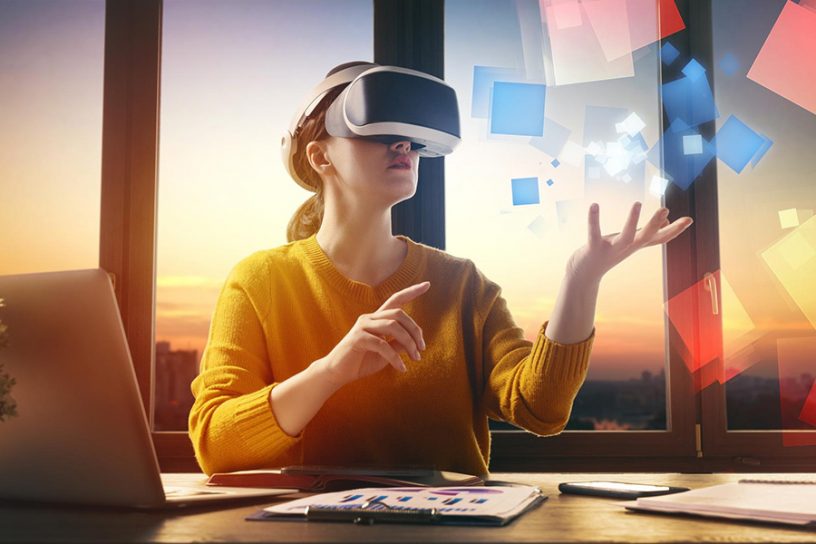
These findings suggest that using VR-based action observation alongside kinesthetic motor imagery can improve motor imagery performance.
Authors
Kishor Lakshminarayanan, Neuro-Rehabilitation Lab, School of Electronics Engineering, Vellore Institute of Technology, Vellore, Tamil Nadu, India.
Rakshit Shah, Department of Chemical and Biomedical Engineering, Cleveland State University, Cleveland, OH, United States.
Sohail R. Daulat, Department of Physiology, University of Arizona College of Medicine – Tucson, Tucson, AZ, United States.
Viashen Moodley, Arizona Center for Hand to Shoulder Surgery, Phoenix, AZ, United States.
Yifei Yao, Soft Tissue Biomechanics Laboratory, School of Biomedical Engineering, Med-X Research Institute, Shanghai Jiao Tong University, Shanghai, China.
Deepa Madathil, Jindal Institute of Behavioural Sciences, O.P. Jindal Global University, Sonipat, Haryana, India.
Summary
In the past, various techniques have been used to improve motor imagery (MI), such as immersive virtual-reality (VR) and kinesthetic rehearsal. While electroencephalography (EEG) has been used to study the differences in brain activity between VR-based action observation and kinesthetic motor imagery (KMI), there has been no investigation into their combined effect. Prior research has demonstrated that VR-based action observation can enhance MI by providing both visual information and embodiment, which is the perception of oneself as part of the observed entity.
Additionally, KMI has been found to produce similar brain activity to physically performing a task. Therefore, we hypothesized that utilizing VR to offer an immersive visual scenario for action observation while participants performed kinesthetic motor imagery would significantly improve cortical activity related to MI.
Methods: In this study, 15 participants (9 male, 6 female) performed kinesthetic motor imagery of three hand tasks (drinking, wrist flexion-extension, and grabbing) both with and without VR-based action observation.
Results: Our results indicate that combining VR-based action observation with KMI enhances brain rhythmic patterns and provides better task differentiation compared to KMI without action observation.
Discussion: These findings suggest that using VR-based action observation alongside kinesthetic motor imagery can improve motor imagery performance.
Published in: Frontiers in Neuroscience
To read the full article, please click here.


